Category: General Doctrine
-
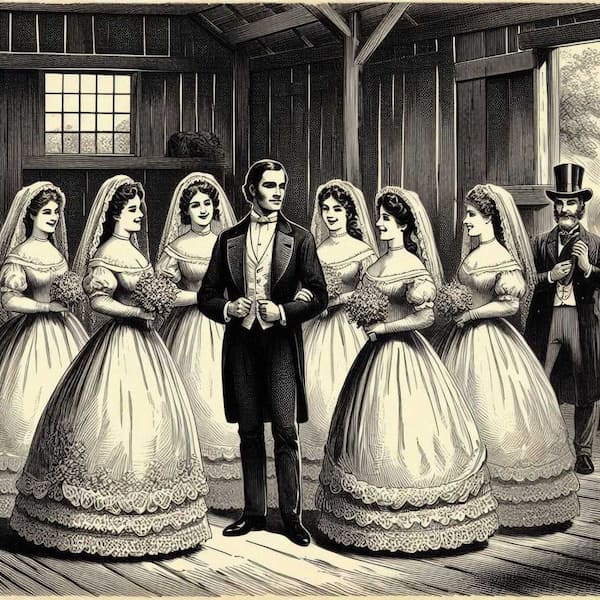
Monogamy is the Rule, Part 5: The Rule of One
In the previous two posts in this series, I discussed an 1886 dictated revelation from John Taylor. A related claim to this document that I am addressing here is that when fundamentalist Latter-day Saint groups began to become a religious movement in their own right during the 1910s and 1920s, the leadership of the majority…
-
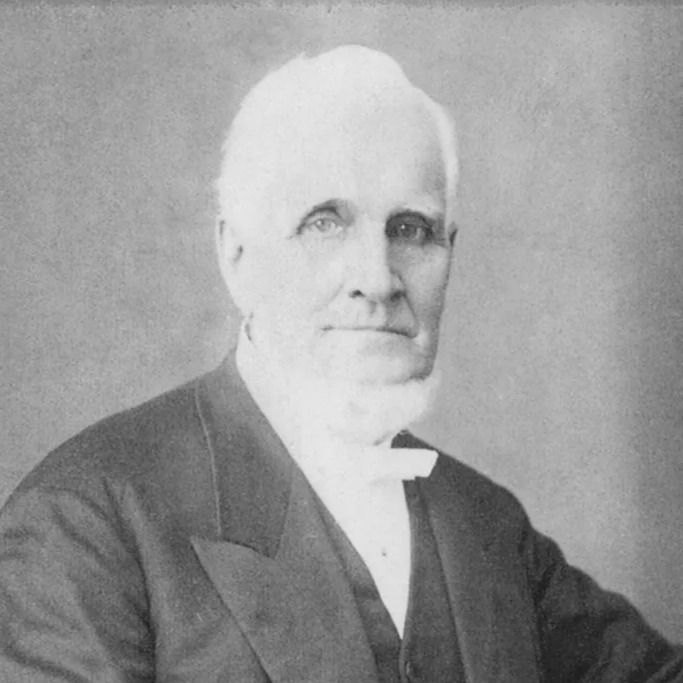
Monogamy is the Rule, Part 4: Guardrails
How do we make sense of John Taylor’s 1886 revelation, in the light of the Church’s stance that monogamy is the rule and polygamy is an exception? My response is that, first, one needs to keep in mind that dictated revelations (like the 1886 revelation, or even those in the Doctrine and Covenants), are not…
-
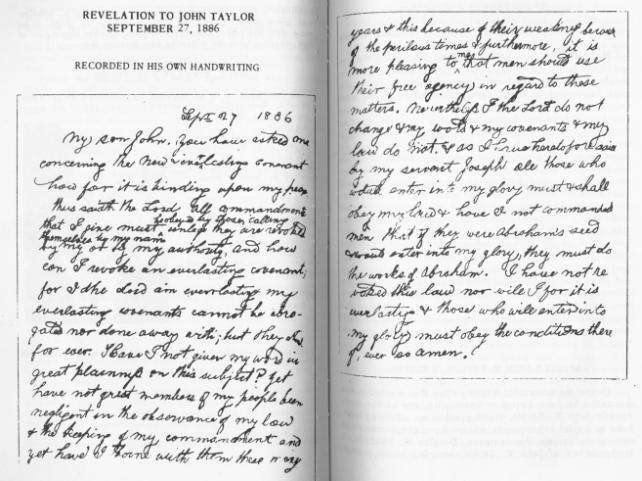
Monogamy is the Rule, Part 3: The 1886 Revelation
Back in November, I started a series entitled Monogamy is the Rule, outlining why we should expect monogamy to be the standard for marriage, both in this life and in the life to come. In the first of the series, I discussed how commandments and expectations from the Lord can change at different times, and…
-

Moral Luck and Homosexuality in the Church
Most of us have at some point checked our phone while driving. However, for a small minority of cases somebody walks in front of us and gets killed. We then (somewhat rightfully) blame the distracted driver for the death, even though most of us have inadvisedly checked our phone while driving, and it’s just the…
-

“As the Gods”: Pre-Sapiens Hominids and God’s Plan
When it comes to human evolution or deep human history, there’s a sort of begrudging acceptance in Church culture of its possibility, or it’s used as some cudgel in a broader debate about biblical errancy or how symbolic Adam and Eve were, but very few have taken it any further and really sat down and…
-

Why I Don’t Care About the Doctrine/Practice Distinction
Dalle-3 depiction of “Legalistic religion” One of those interminable discussions we members like to get into is whether a particular teaching is a “doctrine” or “practice.” The issue behind the issue is what is changeable or not. Presumably if something is defined as core then stakes are placed in the ground and it is beyond…
-
The Many Lives of the King Follett Sermon
I have to admit that I have had an ongoing fascination with the King Follett Sermon. I had been acquainted with bits and pieces of it here and there, but only really became familiar with the full text early on in my mission. But it has shaped a lot of my theology and views in…
-
Redefining Apostasy: Building Bridges, Not Barriers, in the Face of a Faith Transition
The following is a guest post by Randall Davis. Amidst the tapestry of human experience, religious freedom–the right to worship in accordance with one’s own conscience–is a deeply-valued principle that forms the bedrock of much goodness in our world today. Having associated with people of various faith traditions over the years, I have seen the…
-
Idiosyncratic ranking of the “Let’s Talk About” series from Deseret Book
This is, I think, the best thing to come out of Deseret Book in a long while. I somewhat wish these books had existed when I was much, much younger, but the expertise (and, frankly, spiritual maturity of many members) likely didn’t really exist in the right forms until recently. What follows is my totally…
-
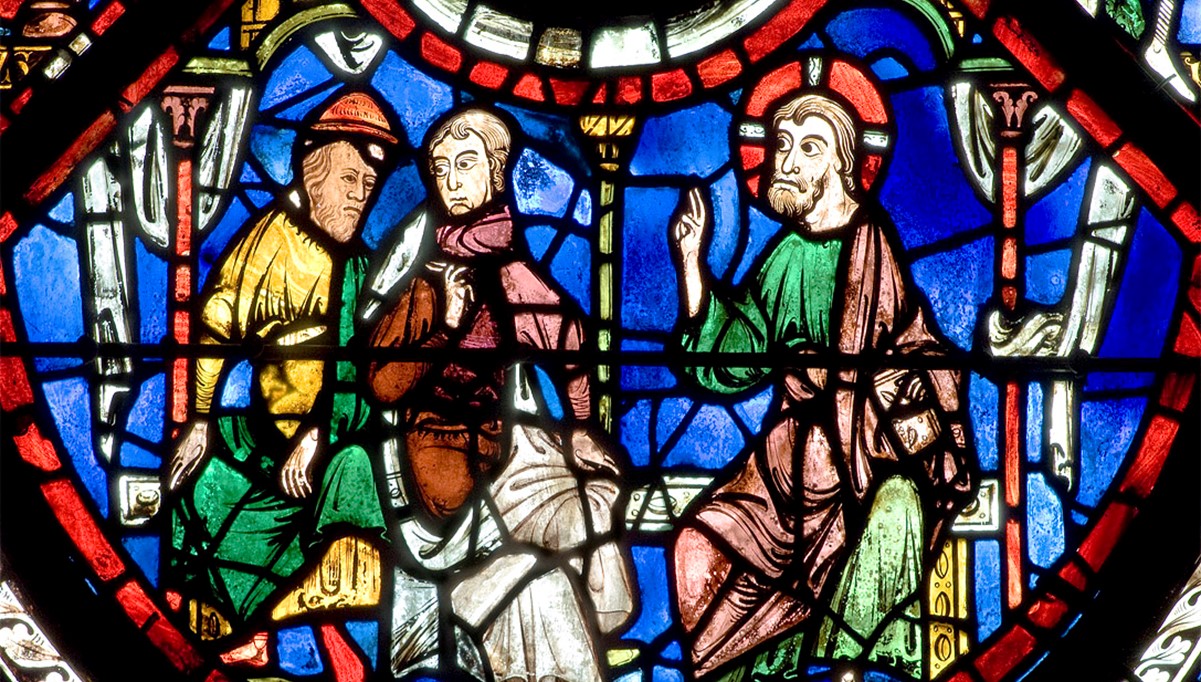
Mercy, kindness, and caring – a Sunday Sermon
At one point in his ministry, “an expert in the law stood up to test Jesus.” He wanted to see what Jesus would answer, asking him: “Teacher … what must I do to inherit eternal life?” To this, Jesus responded with a question of his own: “What is written in the law? What do you…
-
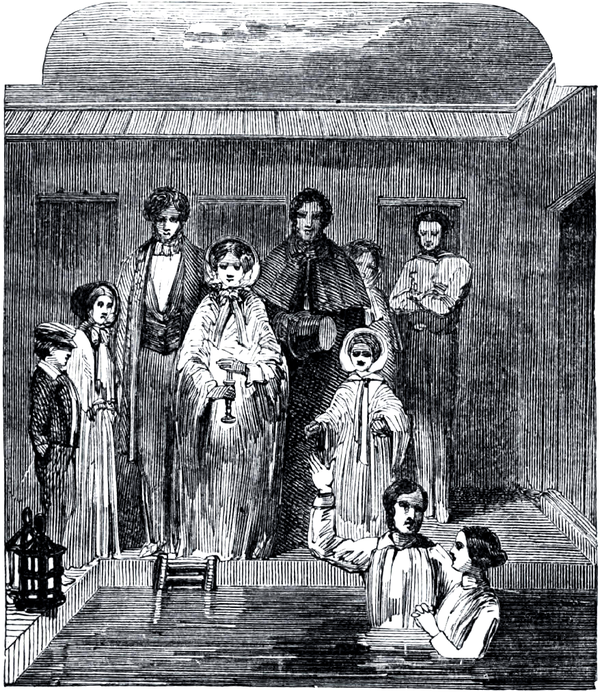
Rebaptism in the Church
One of the interesting aspects of how members of The Church of Jesus Christ of Latter-day Saints approaches the sacrament of the Lord’s Supper is that it is seen as a renewal of covenants. What may not be as widely known is that the idea of renewing covenants may have originally emerged in the Church…
-
Choosing Faith and Into the Headwinds
Belief in religion is something that can be hard in Western culture. Yet, it is something worth working towards. This idea is something that Terryl and Nathaniel Givens discussed in a recent interview on the Latter-day Saint history and theology blog From the Desk. The context of their discussion has to do with a book they…
-
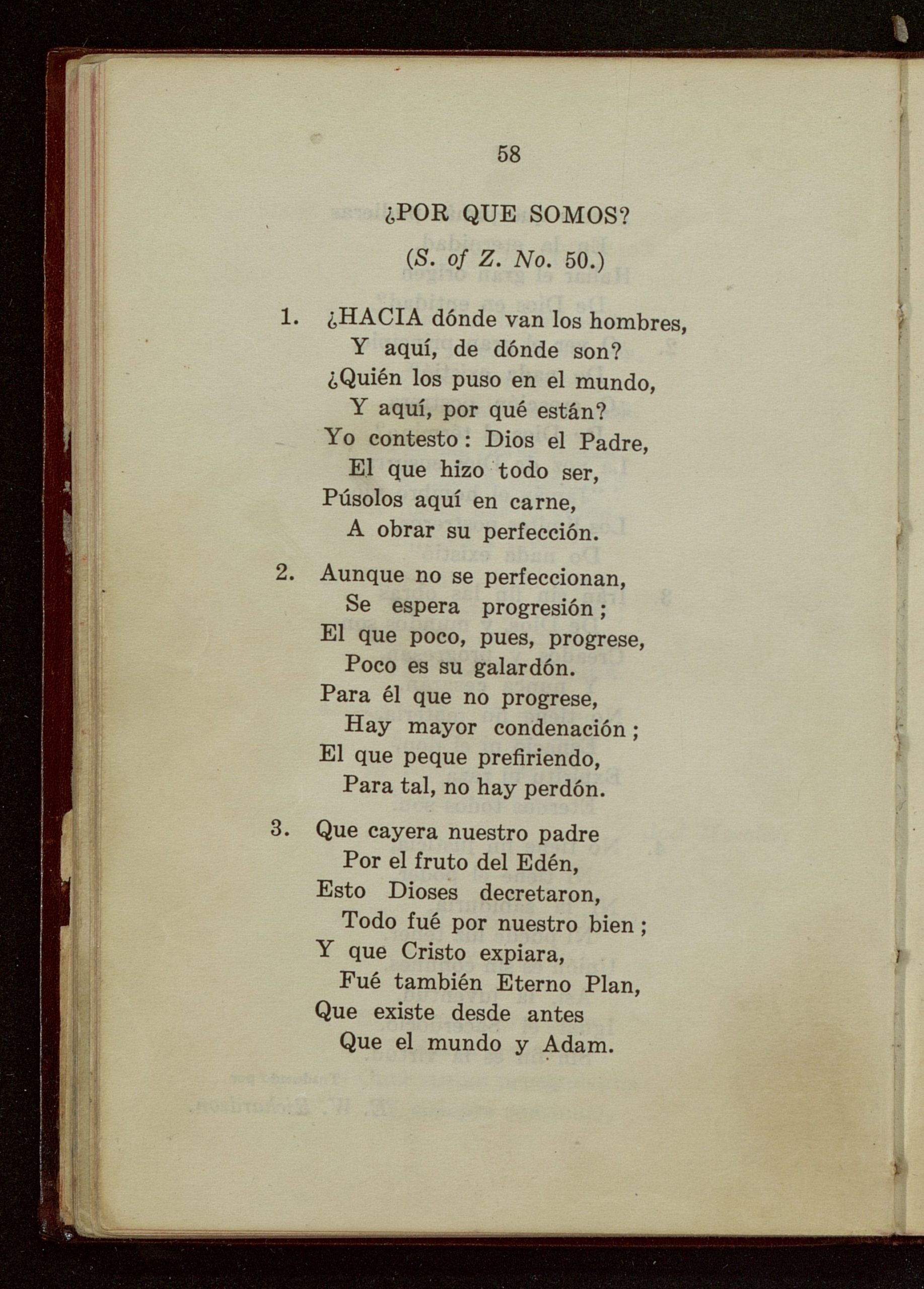
¿Por qué somos?: Mexican Mission Hymns, Part 5
Our Father knows and loves His children all over the world, from Boston to Okinawa, from San Antonio to Spain, from Italy to Costa Rica. In Ghana, President Gordon B. Hinckley recently thanked the Lord “for the brotherhood that exists among us, that neither color of skin nor land of birth can separate us as…
-
Three Degrees
Language is a tricky thing. Sometimes, when someone says a word, it can mean something very different to them than it does to us. This can be particularly true when that person is from the past and the exact meaning of a word changes over time. In a recent interview with Bryan Buchanan about an…
-
Consecration and Tithing
What do you think of when you hear about the law of consecration? For me, the initial images that flash through my mind have to do with past attempts in the Church to implement programs like the United Order of Enoch in various communities in the Midwest and Utah during the 1800s. Yet, I also…
-
Grace, Works, and Becoming
Since at least the time of Augustine of Hippo and Pelagius, western Christianity has been embroiled in a debate about salvation and grace. The two extremes have been represented as salvation by grace alone and earning salvation by our own works. In a recent interview at From the Desk, Terryl Givens described the need to…
-

Collected Thoughts on the Doctrine and Covenants
I spent most of 2021 writing a series of posts to follow along with the “Come, Follow Me” curriculum for the Doctrine and Covenants. I had a few reasons for doing this. First and foremost, I wanted to challenge myself to look more closely at the scriptures, to really read and think about what the…
-
The King Follett Discourse
The irony of the King Follett Discourse is that it is the most famous discourse given by the Prophet Joseph Smith, but still rarely quoted in general conference or other official publications of the Church of Jesus Christ of Latter-day Saints. In a recent From the Desk interview, James Falcouner discussed some of the reasons…
-

What is the Church?
I recently finished a review of the April 2022 general conference, and one of the talks that stood out to me most was Reyna Aburto’s talk, “We Are The Church of Jesus Christ of Latter-day Saints”. I love the vision she articulates of feeling more ownership within the Church—that it isn’t just the institution—with its…
-
Do All Prophets and Apostles See God?
A popular joke that I have heard before from both Latter-day Saints and Catholics (with roles reversed, depending on who’s telling it) goes that the pope’s secretary enters his office one day and tells the pope: “I have good news and bad news.” “Well, what’s the good news?” the pope asked. “We just got a…
-
[Spiritual Languages] The Other
We’ve probably all heard a million times that Christ said that in serving others we serve God, and that in order to be prepared to meet God we need to take care of the poor and marginalized.[1] I don’t think any of us would argue these points. However, I do think we often miss something…
-
A Mother There: The Quotes Behind the Essay
I mentioned in my post last week that the BYU Studies article “A Mother There” by David L. Paulsen and Martin Pulido had more quotes than I could put into that post. Here is the follow-up with as many of the quotes cited in that article as I could find (excluding the ones presented last week). It’s…
-
[Spiritual Languages] On Coyotes and White Stones
Thus far I have played it safe. I have kept to spiritual languages that make sense to me and that, at least to some extent, I understand. This week we are continuing on a theme begun last week, but off the beaten track, at least off the beaten track of WEIRD (Western Educated Industrial Rich…
-
Mother in Heaven: The Quotes Behind the Essay
On the Saturday evening session of General conference, Elder Renlund stated that: “Very little has been revealed about mother in heaven but what we do know is summarized in a Gospel Topic found in our Gospel Library application. Once you have read what is there, you will know everything that I know about the subject.”…
-
What If …. Chad Updated the Doctrine and Covenants? Part 3
Joseph Fielding McConkie recalled that when the First Presidency and Quorum of the Twelve were discussing adding the documents that are now Sections 137 and 138 that Elder Bruce R. McConkie had a few other suggestions. One was to add two Articles of Faith about the restoration of the Gospel and the Plan of Salvation…
-
[Languages of the Spirit] Messiness is Next to Godliness
Last week we learned how everything is made of spirit; that it is the substance of creation. This is critical to different spiritual languages because there are so many different manifestations of spirit. In fact, if the Book of Abraham is to be believed, everything we see is a manifestation of spirit, and they each…
-

The Contradictory Commands, Part 3: A Tale of Two Records
In part 1 of this series discussing the contradictory commands given to Adam and Eve to not partake of the forbidden fruit but to also have children, I discussed the possibility that they would have been resolved in time, but they jumped the gun and listened to Satan rather than God, which is why they…
-

The Contradictory Commands, Part 2: The Higher Law
Part 1 of this series discussed the contradictory commands given to Adam and Eve to not partake of the forbidden fruit but to also have children, I discussed the possibility that they would have been resolved in time, but they jumped the gun and listened to Satan rather than God, which is why they were…
-

The Contradictory Commands, Part 1: Isn’t It About … Time?
One Sunday while I was on my mission, I was asked to teach the Gospel Principles class. The class was very small (just the missionaries and one part member family we’d been teaching), and the subject was the Fall of Adam and Eve. I remember this lesson, because I was explaining conditions in the Garden…
-
“All that God has revealed, all that he does now reveal, and … that he will yet reveal”
A few years ago, President Dieter F. Uchtdorf shared the following thoughts in general priesthood session: Sometimes we think of the Restoration of the gospel as something that is complete, already behind us—Joseph Smith translated the Book of Mormon, he received priesthood keys, the Church was organized. In reality, the Restoration is an ongoing process;…
